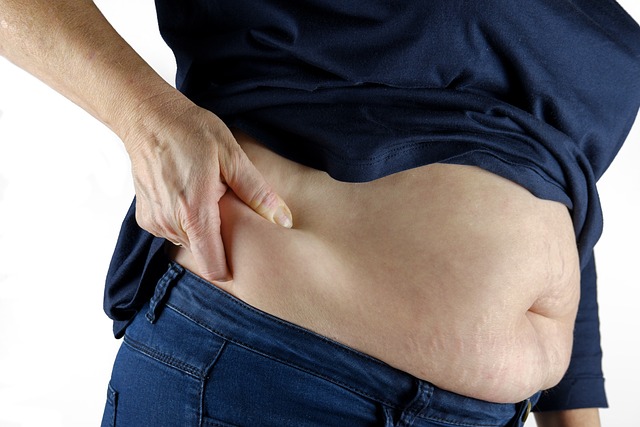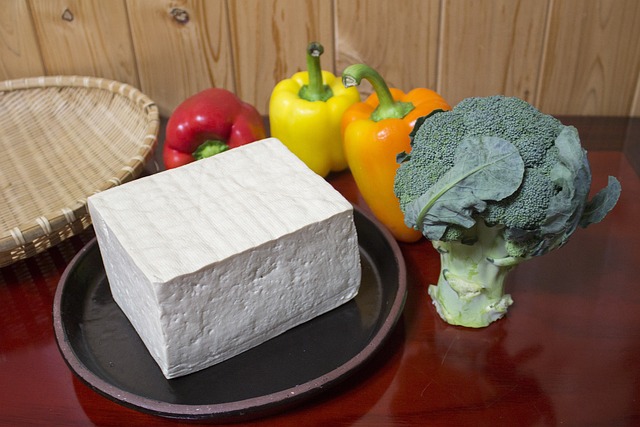Although weight management becomes more difficult as you age, being physically active, eating a balanced diet, and living a healthier lifestyle make weight management much easier.
Your forties and fifties are a golden age. You are wiser, more confident, and happier with yourself. It is also an age that has a significant impact on your future health. And while aging affects every cell in your body, including your skin, bones, muscles, and Weight, the World Health Organization reports that aging isn’t linear or even consistent (WHO).
It’s also tempting to become fixated on the physical changes you’re noticing now that you’re in your 50s and 60s. Nonetheless, it is critical to remember that nothing is fixed in stone.
Continue reading to find out why your Weight varies as you get older and what you can do about it.
Why Does Your Weight Change as You Get Older?
There are numerous reasons why your weight changes as you age. Some of the elements that influence your Weight are declining hormones, a loss in muscle mass, a change in activity level, and chronic health problems. Let’s look at why each of these factors affects your Weight as you get older.
Hormones
A decline in the synthesis of sex hormones (estrogen and testosterone) is a normal aspect of the aging process. Whilst these hormones are important for reproductive health, they also have an impact on your body composition.
Testosterone is a sex hormone that your body uses to build muscle. When your body stops producing enough testosterone, you lose muscle mass. This loss of muscle reduces your metabolism or the number of calories required to maintain your Weight.
Your hormonal changes also have an impact on where your body stores fat. As you get older, you may notice that your waist size expands. This is due to the fact that fluctuations in estrogen and testosterone levels influence where your body stores fat, causing you to collect more fat around your stomach.

Sedentary Way of Life
Physical inactivity is another prevalent cause of age-related weight fluctuations. Sedentary behavior is practiced by around 28% of Americans over the age of 50. This means they don’t conduct any physical activity outside of their normal everyday routine.
Nonetheless, exercise and regular physical activity are essential components of weight management. If you are not physically active, you may have difficulty maintaining your Weight.
Muscle mass and metabolism are both decreasing.
Humans begin to lose muscle mass at the age of 30—years before sex hormone production begins to diminish. This loss of muscle mass is caused by age-related cellular changes.
Furthermore, living a sedentary lifestyle accelerates muscle loss. If you remain sedentary after the age of 30, you will lose 3% of your muscle mass every ten years.
A sedentary lifestyle and muscular loss both reduce your metabolism. This implies you must consume fewer calories in order to maintain your Weight, which is why you may be eating the same things yet still gaining Weight.
Chronic Health Issues
Aging also has an impact on your health, increasing your chances of developing chronic diseases. Many persons with chronic health issues are also sedentary.
Because of their disease, many people avoid physical activities. Some people avoid exercising because it causes them discomfort. Others may be unsure of what form of physical activity is safe for their health condition, so they restrict their activity.
The best approach is to talk with a healthcare expert about your activity options so that you may keep active despite your sickness.
How to Handle Weight Changes
Although you cannot reverse the aging process, you can slow the age-related changes that influence your body, including your Weight. In reality, addressing the weight fluctuations that accompany middle age improves your quality of life now and in the future.
How you control your Weight in your 50s or 60s isn’t all that different from how you did it when you were younger. It all comes down to personal preferences.
To address age-related weight changes, you must eat a balanced diet, engage in regular physical activity, and develop healthy lifestyle choices that improve sleep and stress. It is also critical to effectively handle underlying medical issues. Here are some suggestions for dealing with weight fluctuations in your 50s and 60s.
Increase your intake of nutrient-dense foods.
According to the Dietary Guidelines for Americans, older persons have lower calorie requirements but similar or even higher nutritional requirements than younger adults. This is frequently due to decreased physical activity, metabolic changes, or age-related bone and muscle loss.
As a result, you must include more vitamins, minerals, and other critical nutrients in fewer calories. Whole grains, lean protein sources, and fruits and vegetables are nutrient-dense foods that deliver the nutrients you require without consuming a lot of calories.
Increase Your Daily Protein Intake
Muscle loss is an undesirable side effect of aging. But, increasing your daily protein intake may help avoid or delay some of this muscle loss.
Because your protein requirements rise with age, you should aim for 1.2 to 1.4 grams of protein per day. A 150-pound (68-kilogram) person, for example, requires 82 to 95 grams of protein per day.

Be Aware of Calories
When it comes to weight loss, calories are important. Also, you may require fewer calories now than you did ten years ago.
Incorporating more nutrient-dense, low-calorie foods can aid in calorie control. Using tiny dishes and bowls can also help you control portion sizes. You could even use a food diary app to measure calories at first until you become adjusted to what your body requires.
Increase Your Activity
Life is hectic, making it difficult to fit in a workout. Nonetheless, exercise is necessary for weight management. It is never too late to start going to the gym, no matter how long it has been since your last visit. In fact, no matter where you are on the fitness scale, making more time for physical activity is the best thing you can do for your Weight and health.
The CDC recommends that older persons engage in 30 minutes of moderate-intensity aerobic activity 5 days per week and strength training 2 days per week. Any sort of physical activity is beneficial, but a diverse workout regimen may help you manage age-related hormonal changes that affect muscle mass, Weight, and metabolism—as well as combat boredom.
Try These Physical Activities
Aerobic exercise: Frequent aerobic exercises, such as walking, riding, or swimming, boost your general health and make weight management easier.
Strengthening exercises: Strength training avoids muscle atrophy, promotes bone health, and enhances functional movement (the biomechanics of the body).
Stretching activities: Stretching exercises help your muscles and improve muscle flexibility.
Balance drills: Balancing exercises strengthen your body, enhance your stability, and lower your risk of falling.
Control Health Issues
The changes in your body that occur as you age raise your risk of having chronic health diseases such as arthritis and diabetes.
Although you cannot reverse all chronic conditions, you can take action to avoid or postpone health consequences.
Make an appointment with a healthcare provider to talk about your health concerns and what you can do to regain control. They may use your body mass index (BMI) as a marker for measuring your health and risk of chronic disease, in addition to blood testing and a variety of other common procedures. BMI is a simple mathematical calculation that compares your weight to your height, hence estimating body fat indirectly.
Regardless of your healthcare conditions or BMI, most healthcare experts advocate a balanced diet and frequent physical activity to help you maintain your health.
Additional Lifestyle Modifications to Consider
When it comes to weight control in your 50s and 60s, you also need to examine your sleep, stress, and eating habits. Here’s how to make improvements in these areas as well.
Sleep
You may find it more difficult to fall or stay asleep as you age. You may only get 6 to 7 hours of sleep per night. Keep in mind that when you sleep less, your ghrelin, or hunger hormone, levels rise, causing you to eat more throughout the day.

Exercising, going to bed at the same time every night, and avoiding napping throughout the day may assist you in getting the needed 7 to 9 hours of sleep for health and weight management.
Stress
Persistent stress has an impact on both your health and your Weight. Discovering healthy strategies to handle your stress can help you maintain your Weight.
Regular exercise and getting enough sleep are important places to start. To help you relax and lower stress, you can also try meditation, mindfulness, or breathing exercises.
Exercise Mindful Eating
Because life is hectic, you may combine eating with other tasks. Yet, aimless eating can lead to excess. Make eating a separate activity.
Eat slowly and attentively, paying attention to your body’s indications that indicate fullness. Mindful eating helps you connect with your body and appetite.
To Conclude
When you approach your 50s and 60s, you can expect several changes, including changes in your Weight and ability to maintain your ideal Weight. But you don’t have to be helpless and watch everything unfold.
Taking a proactive approach to your health today will benefit you later. Instead of focusing solely on your Weight, consider your overall health. Making more nutritious eating choices, increasing physical activity, and finding appropriate outlets for stress all enhance your health and Weight.
